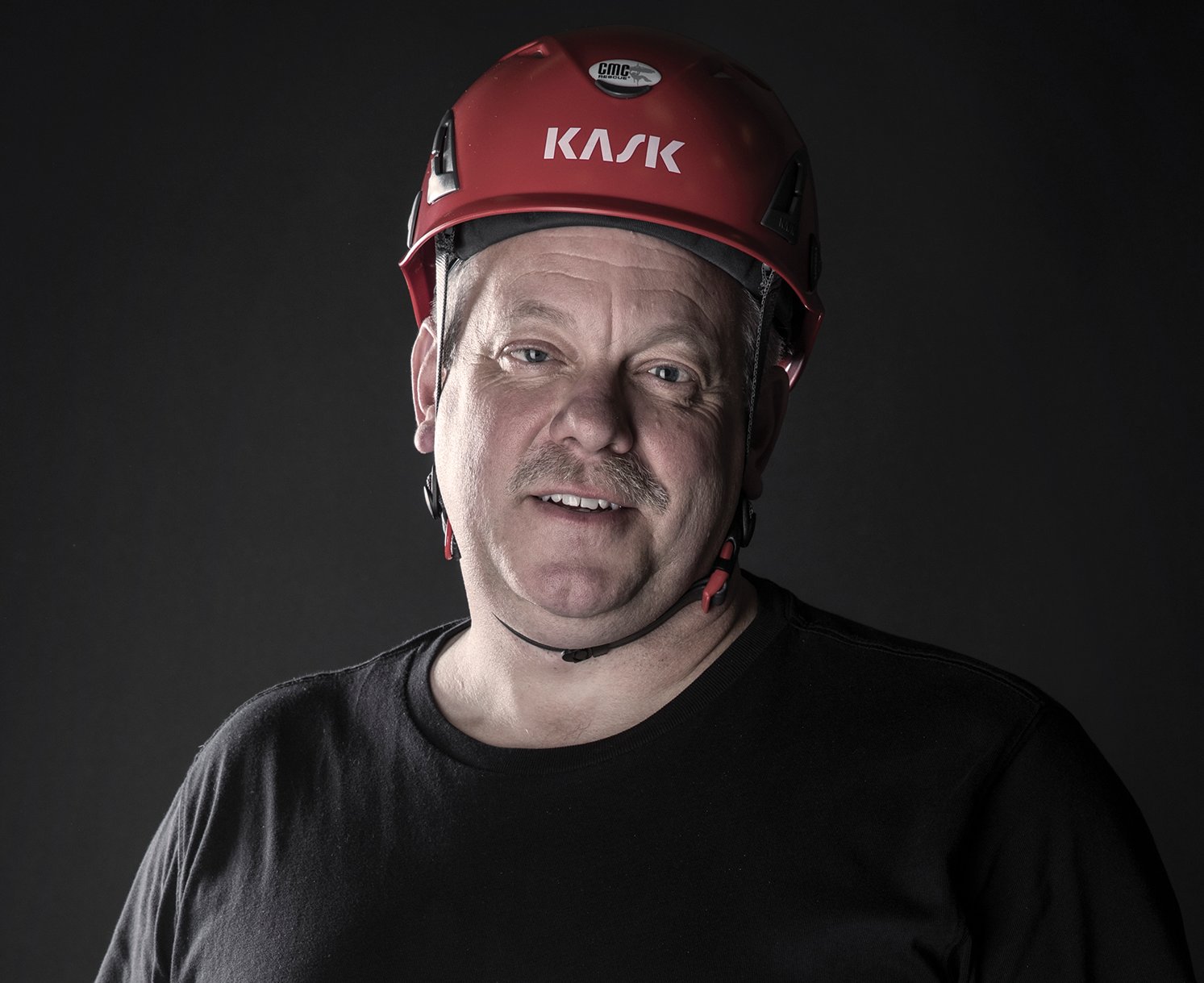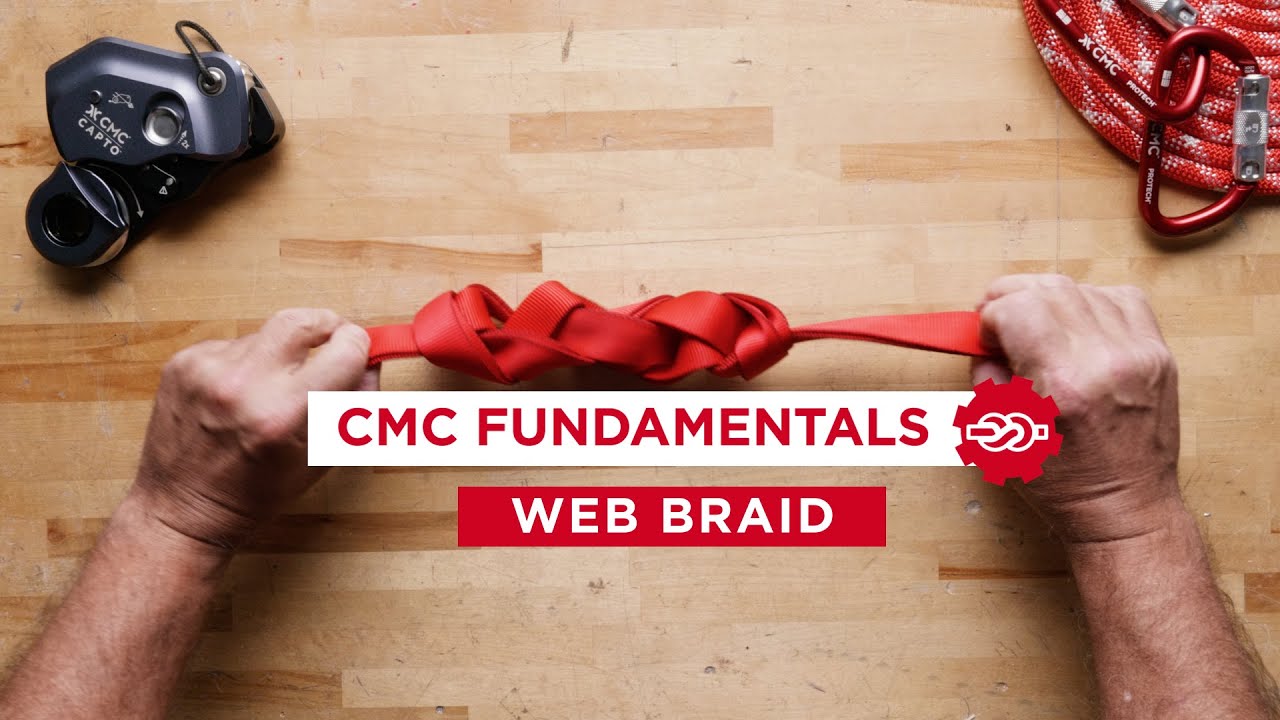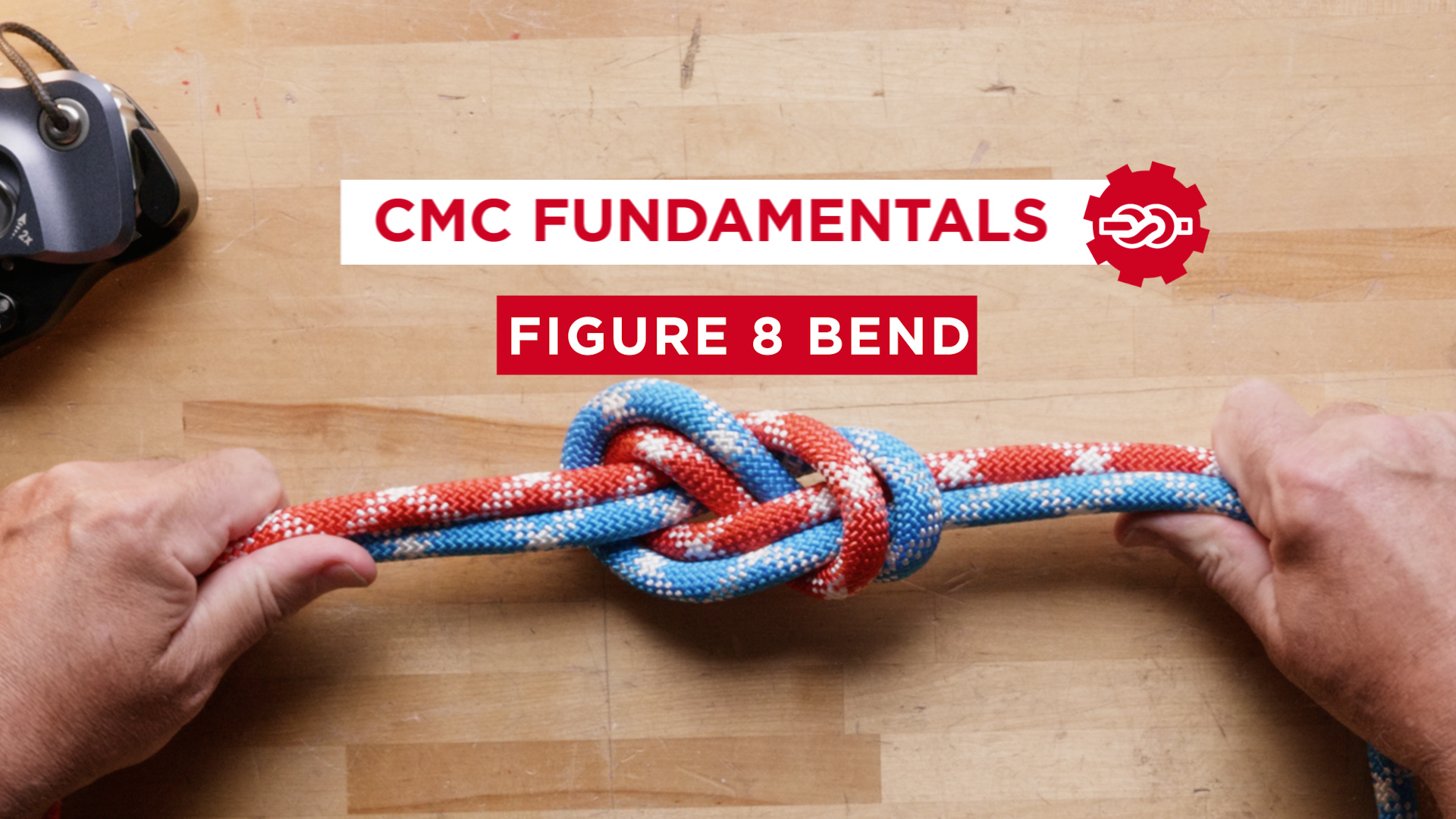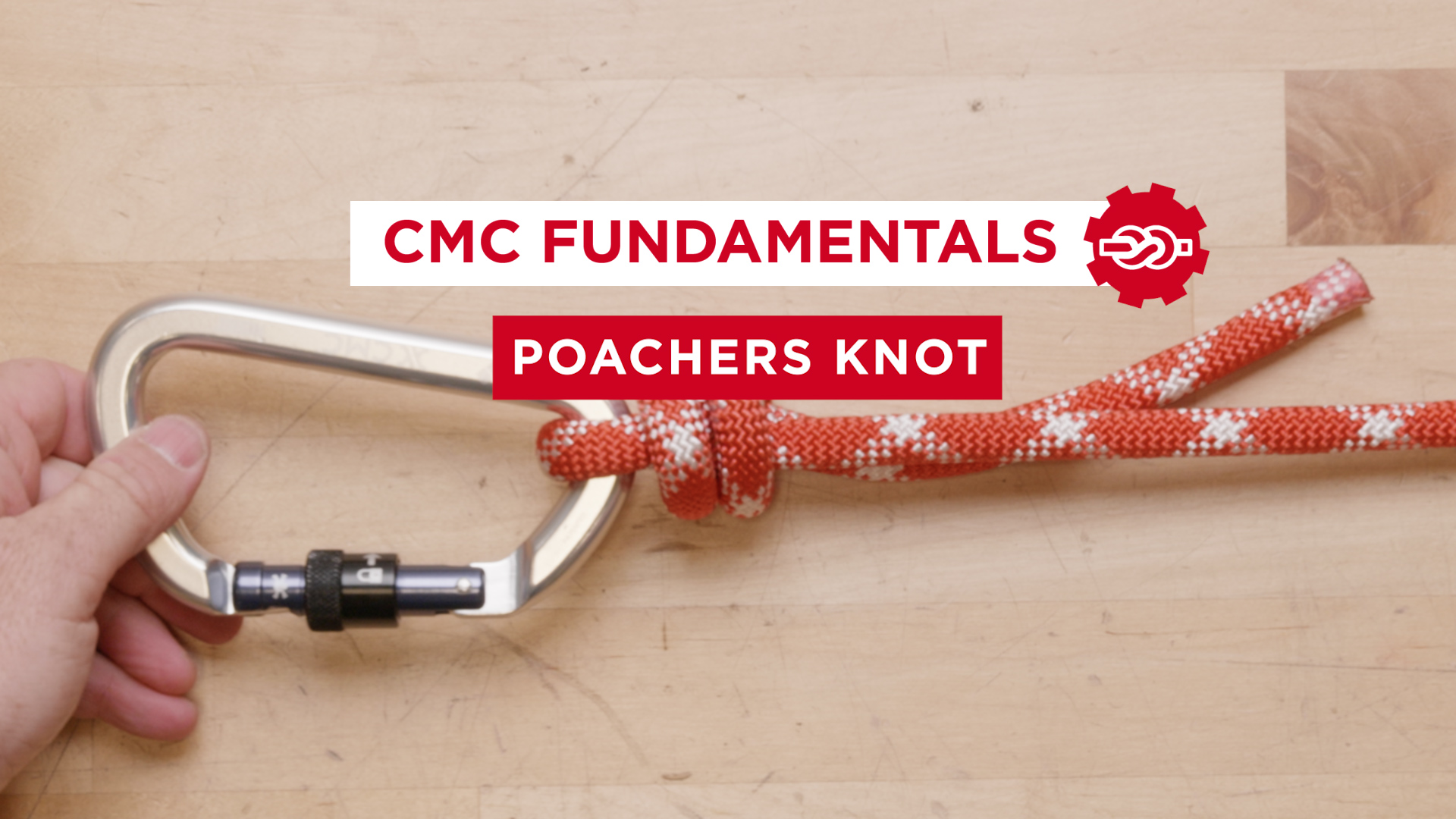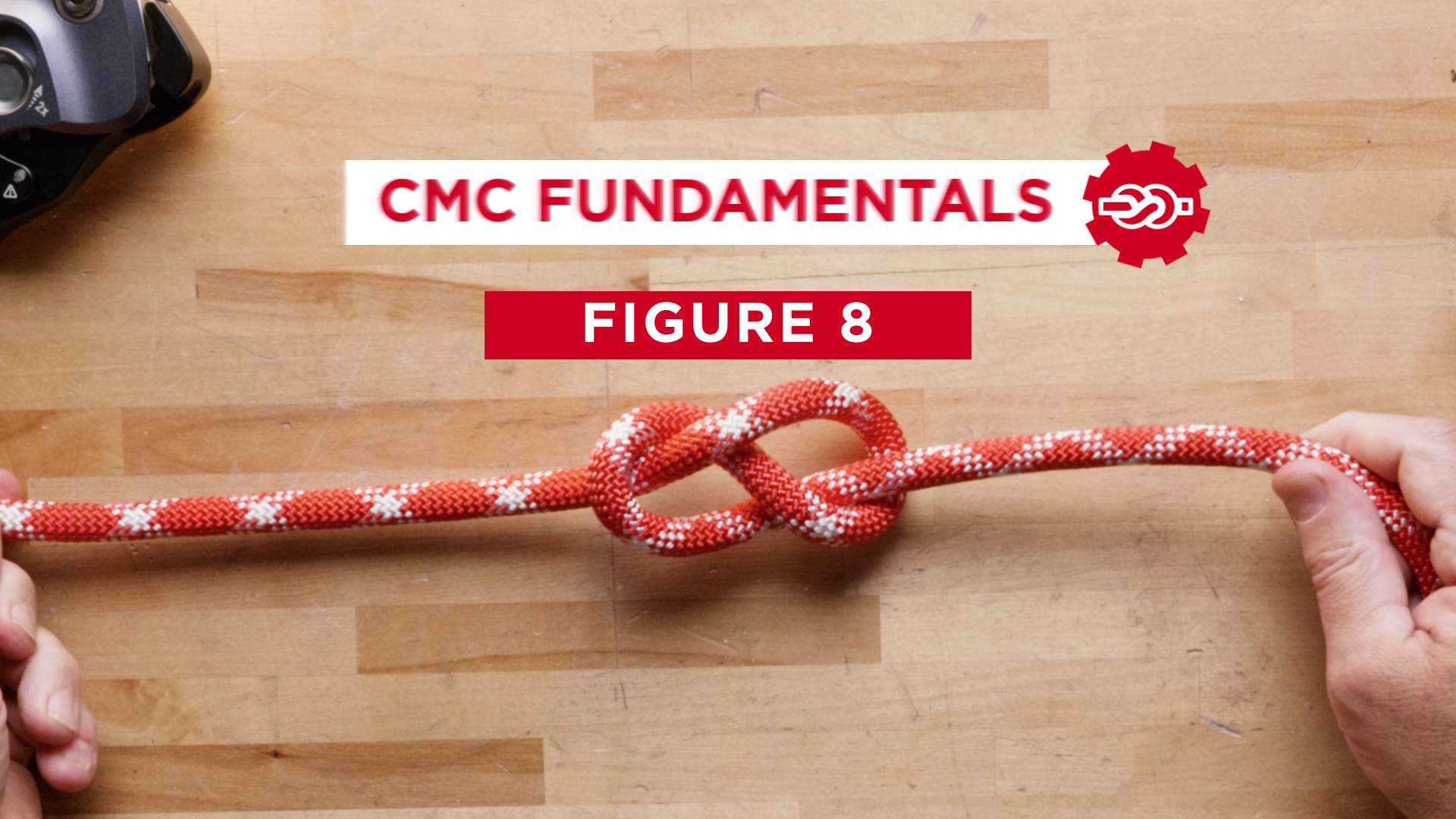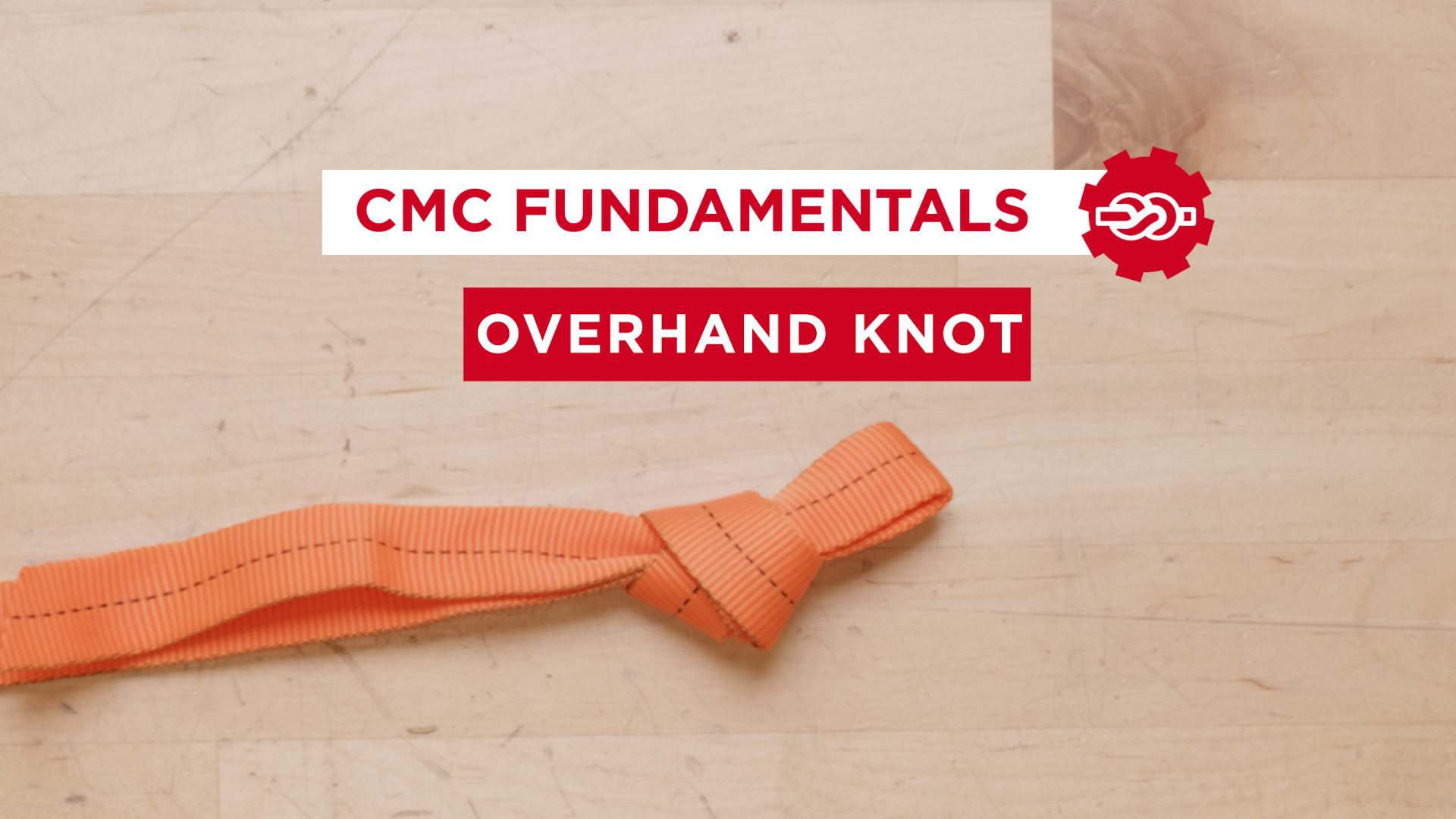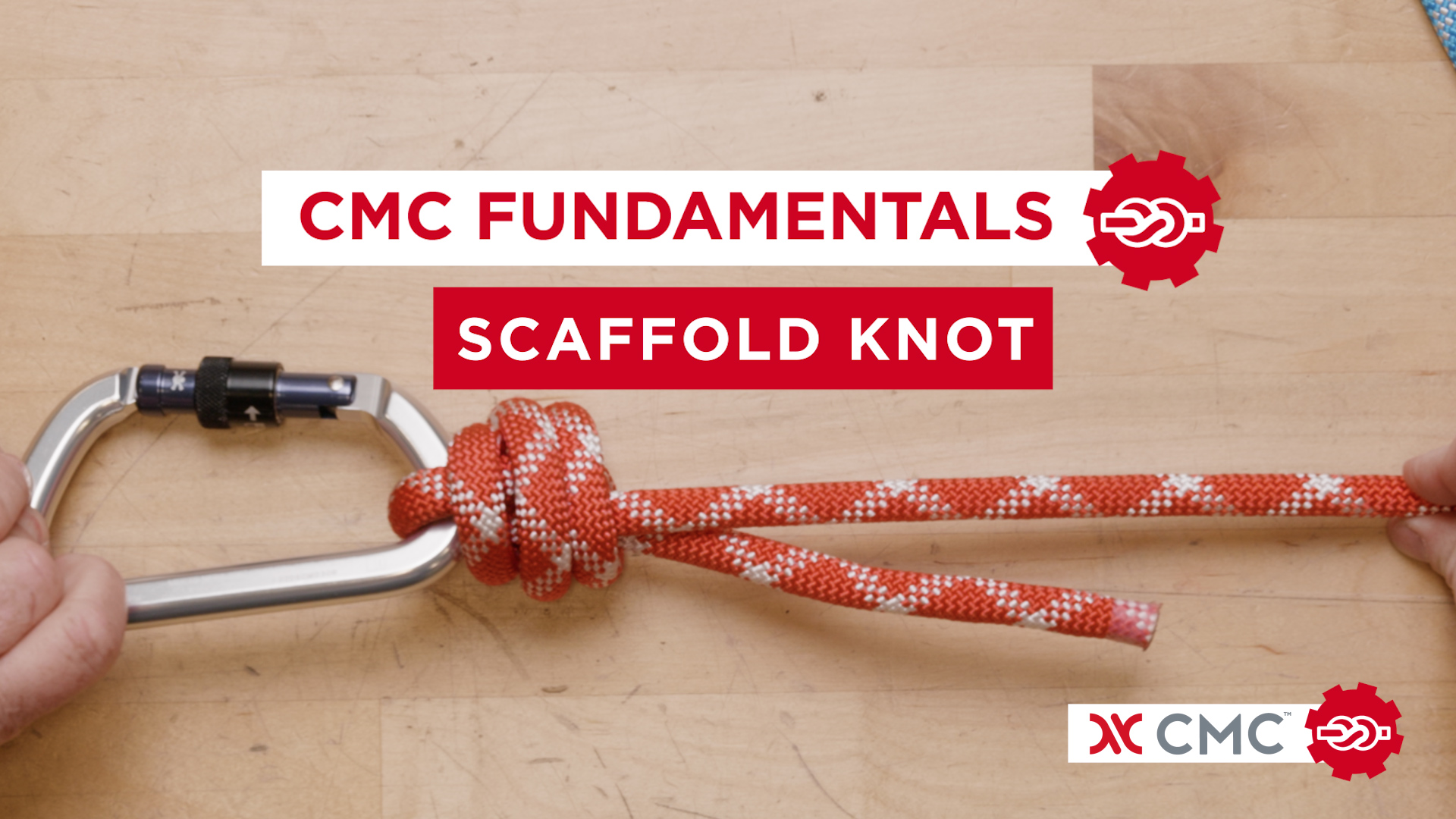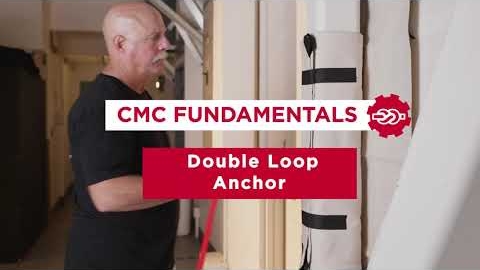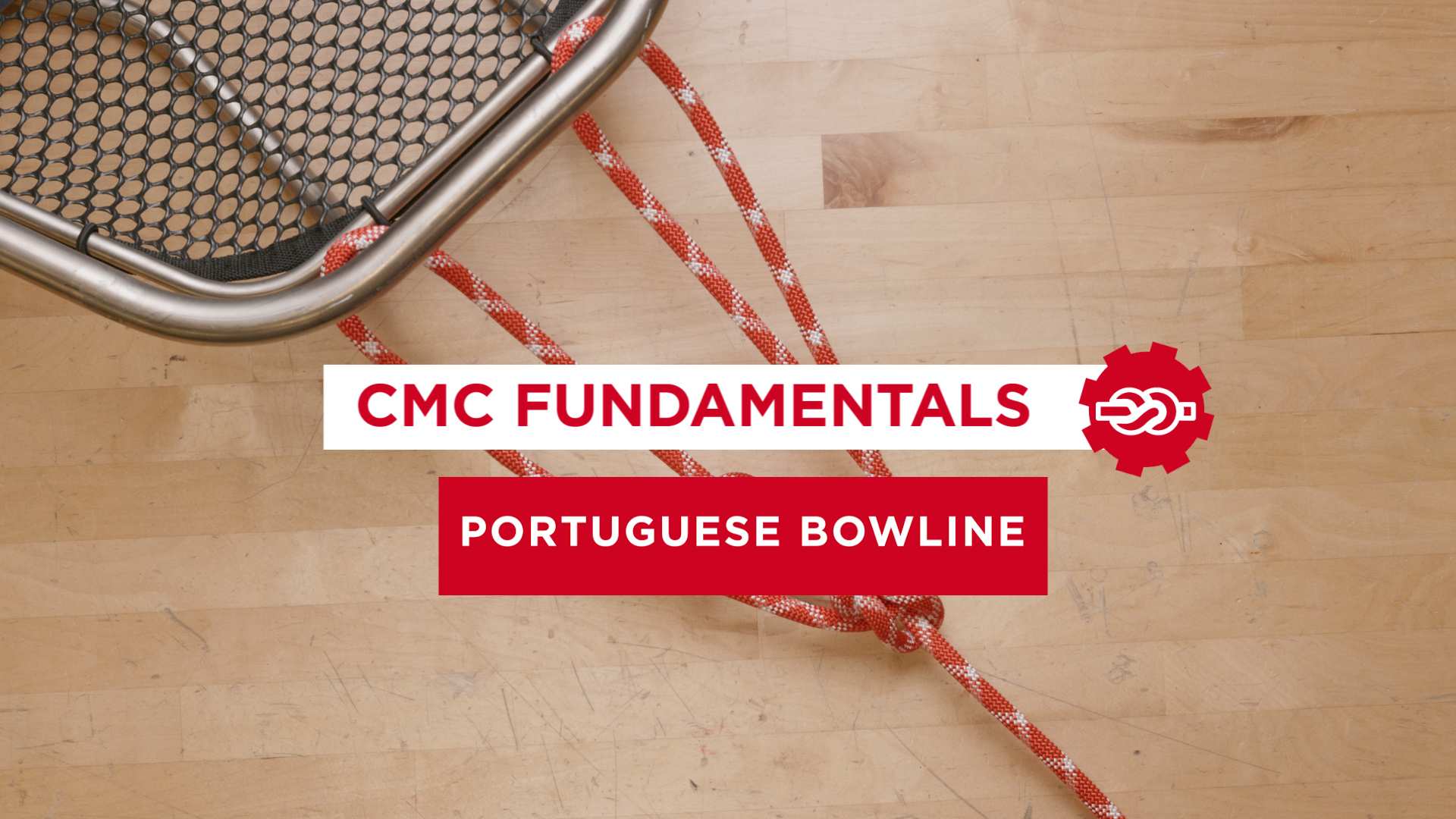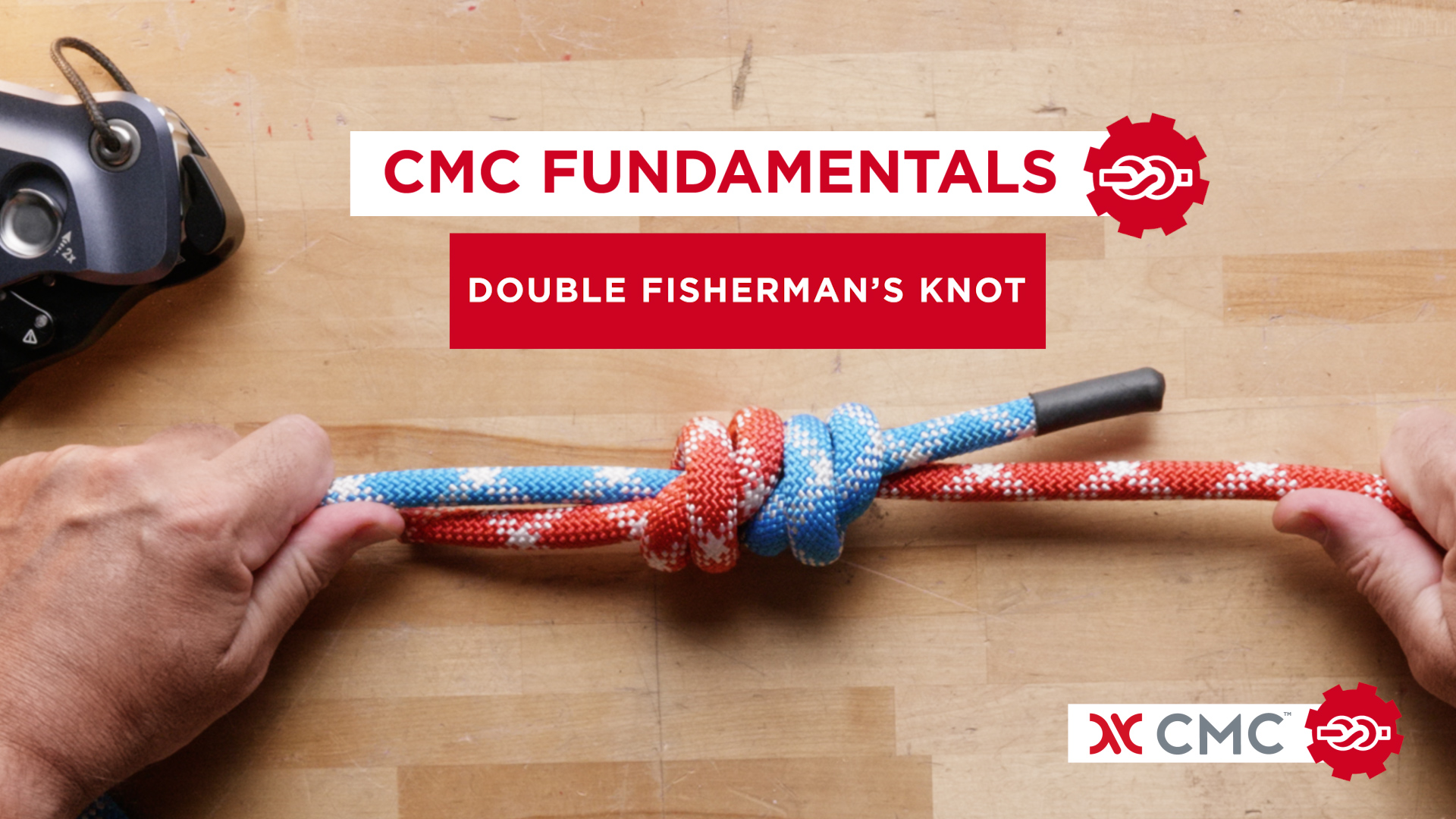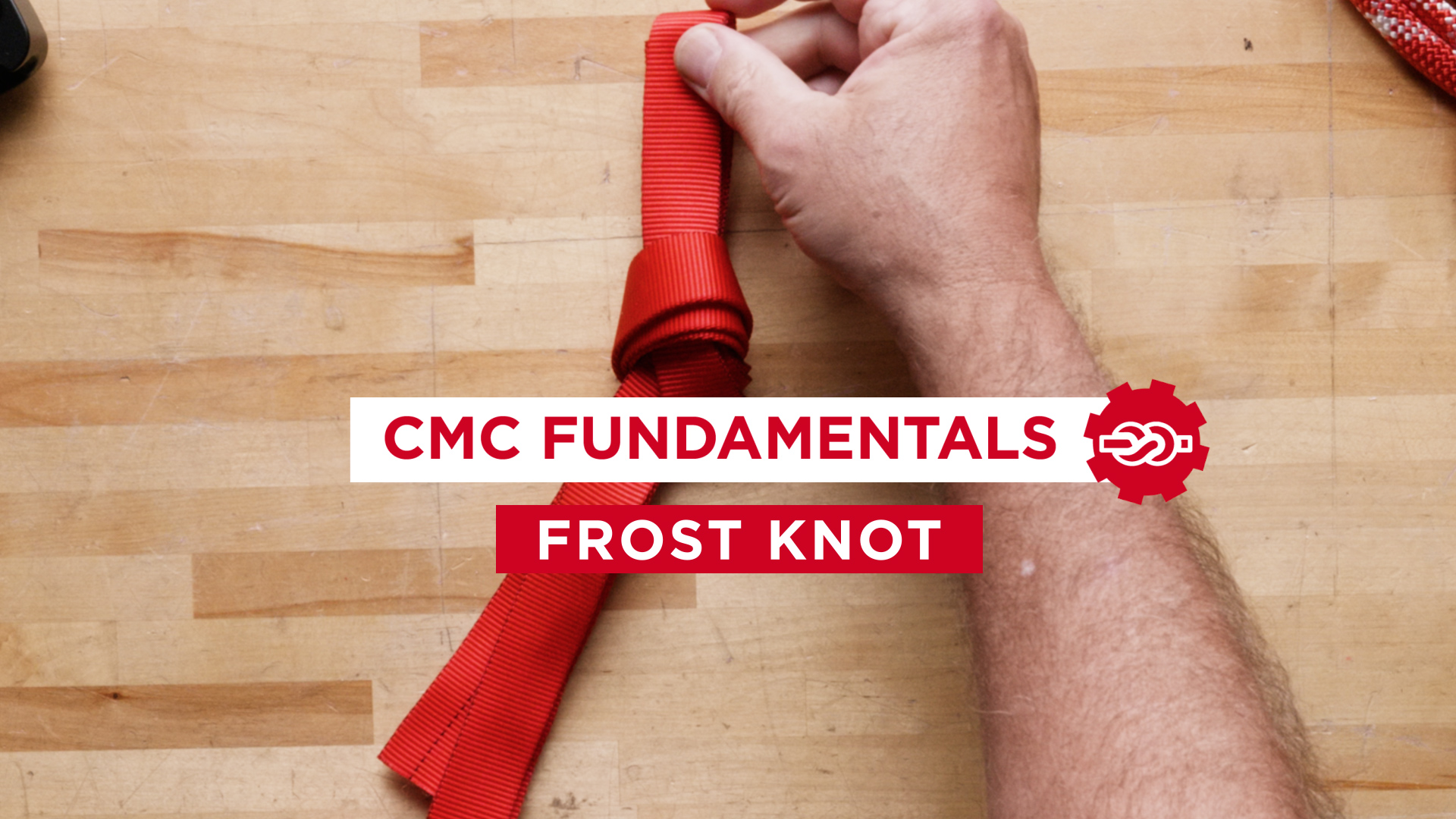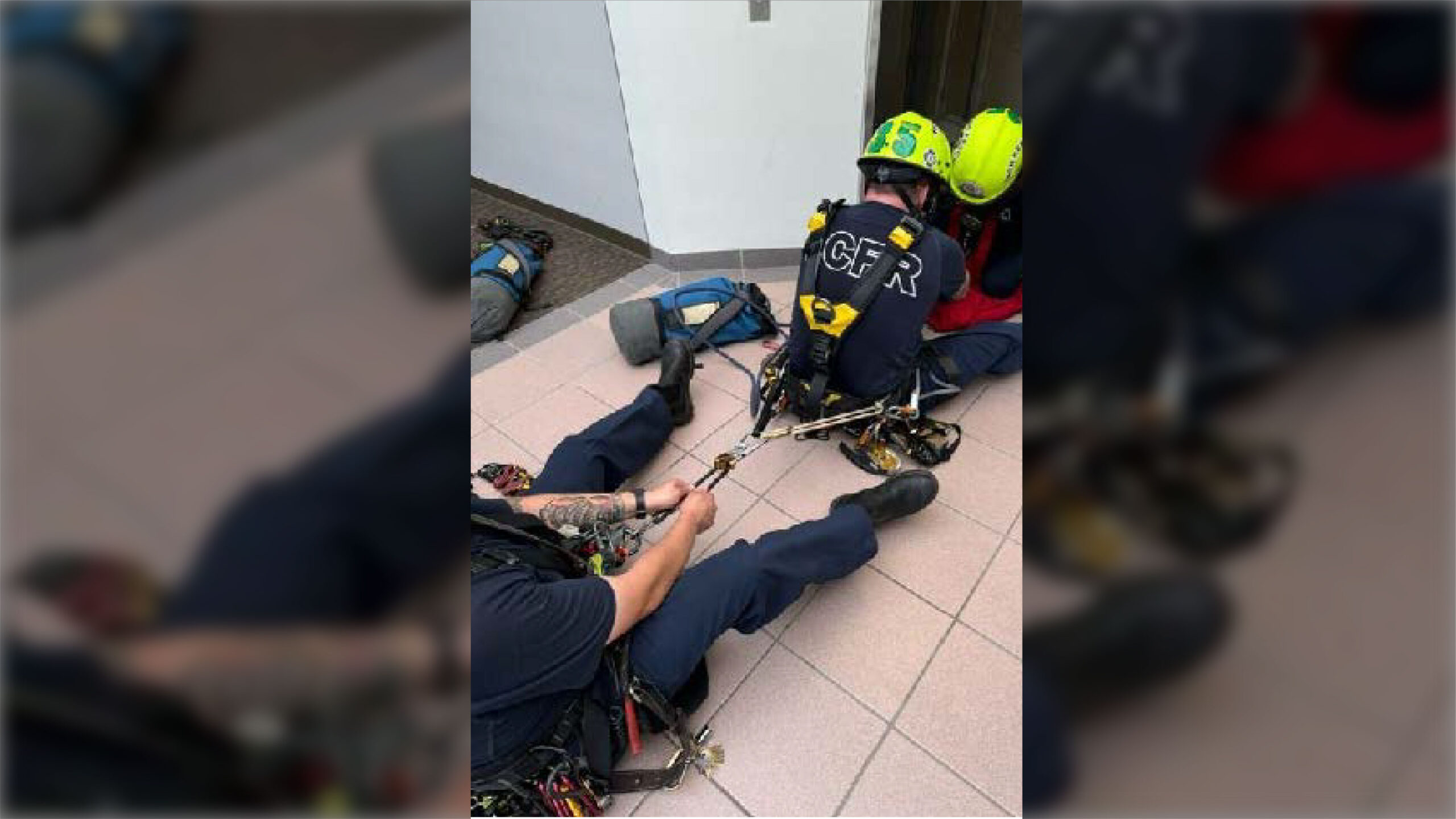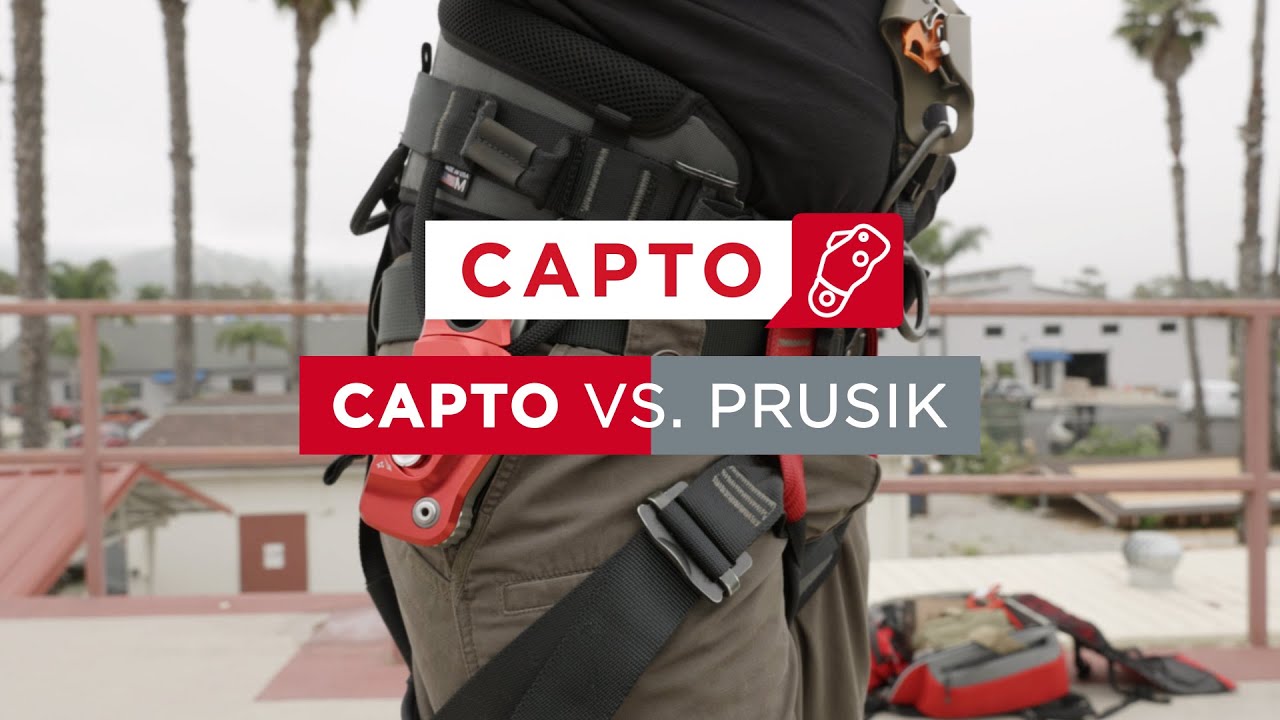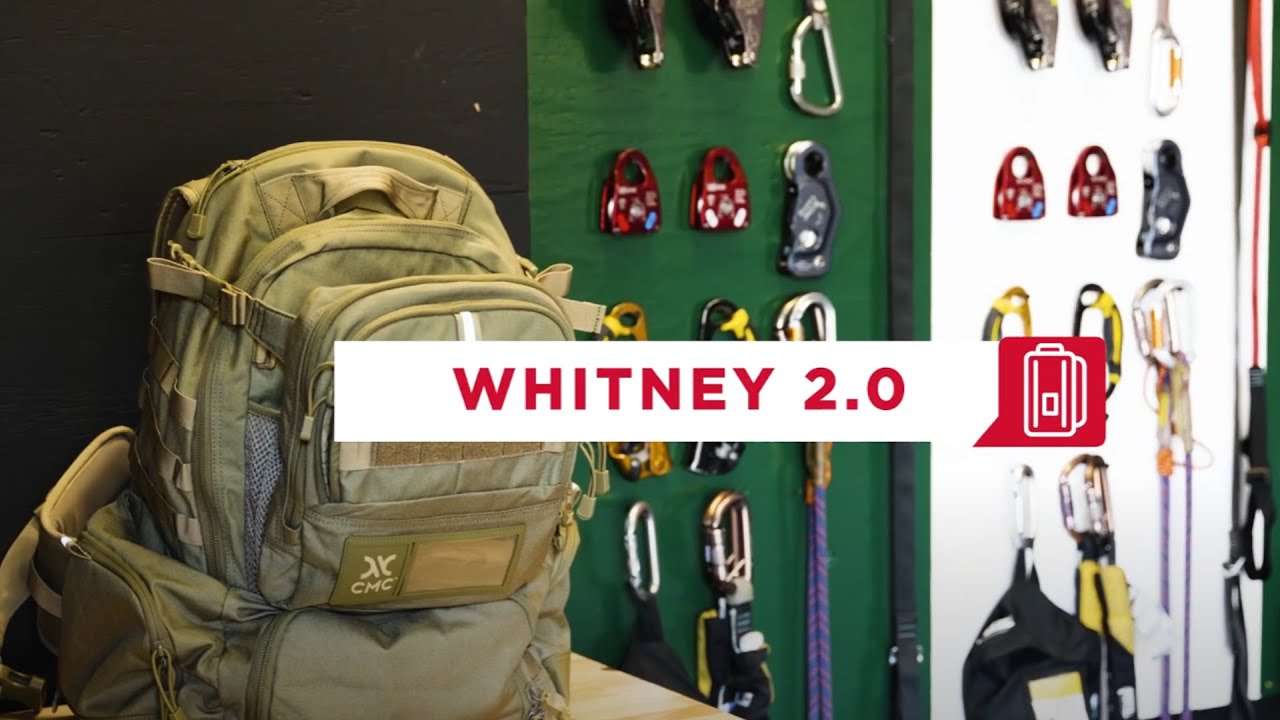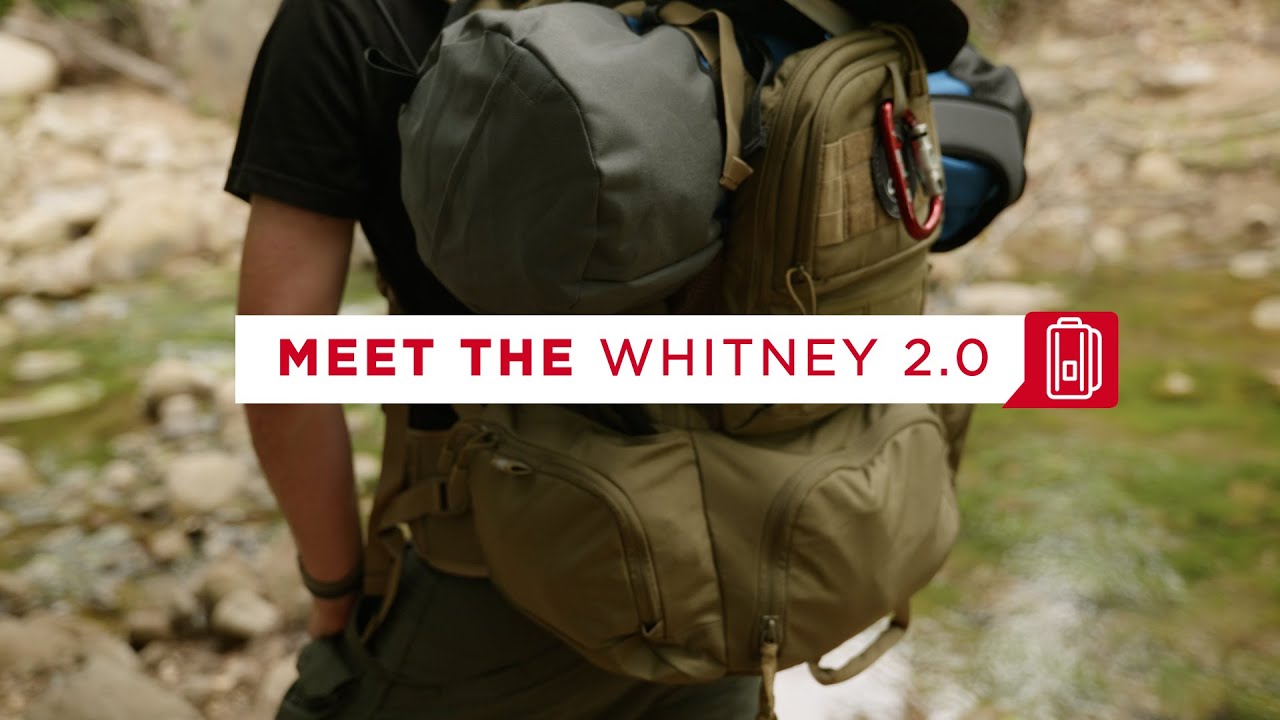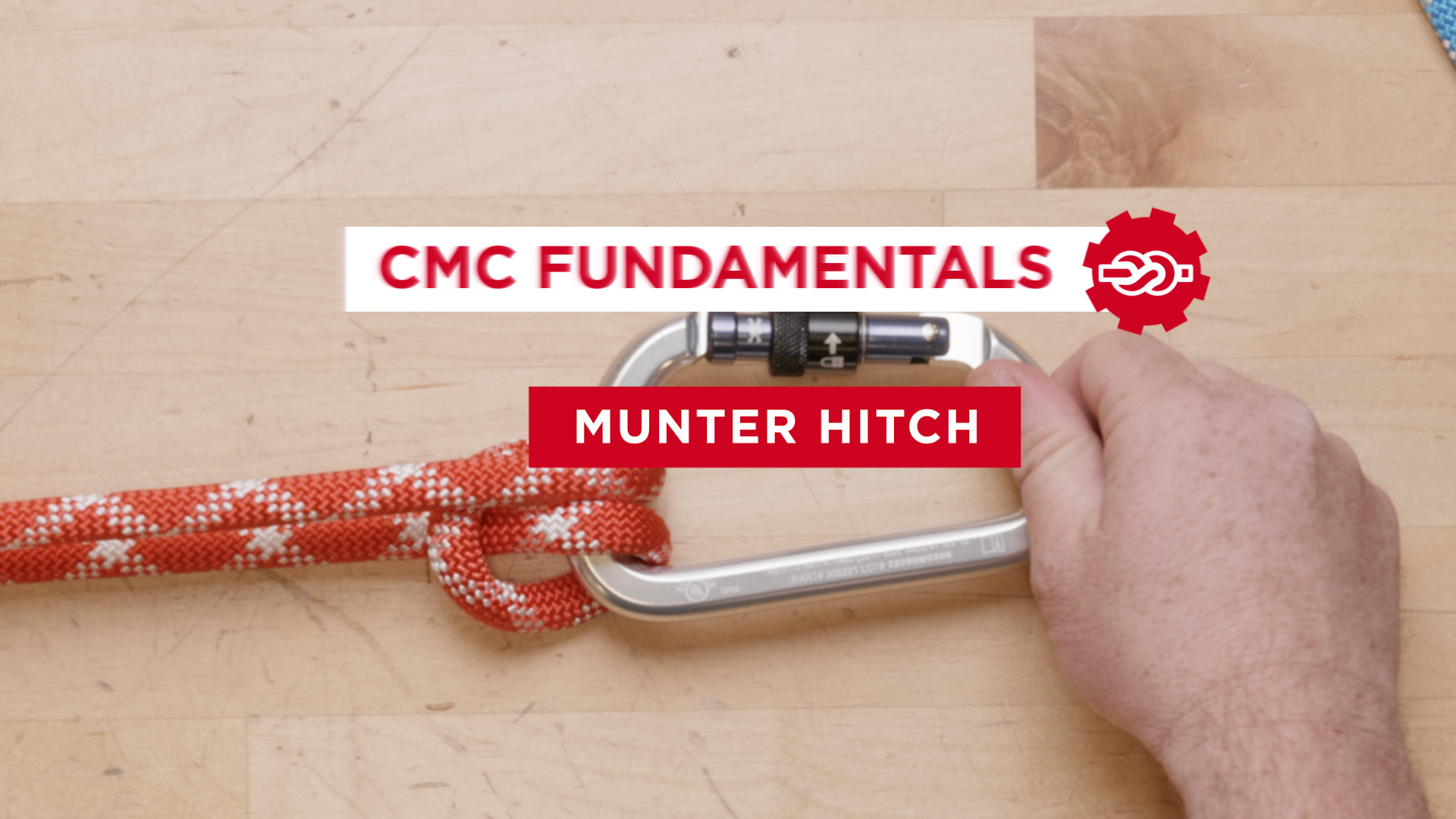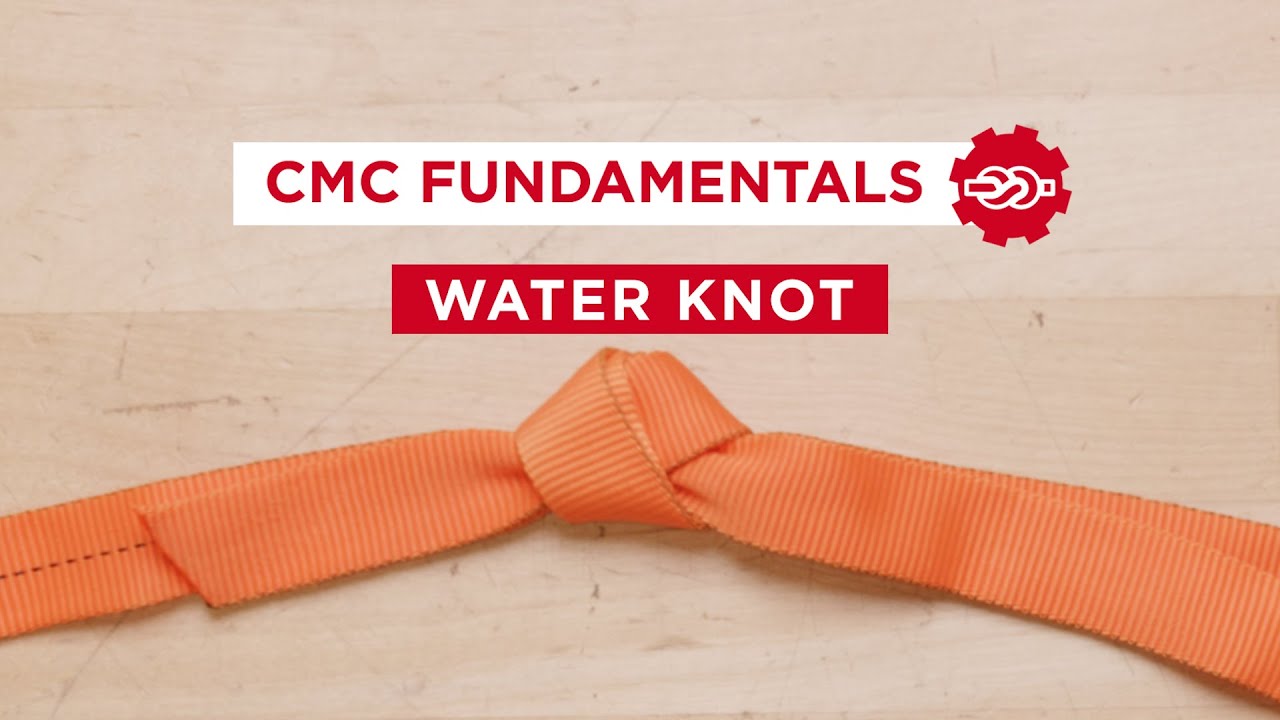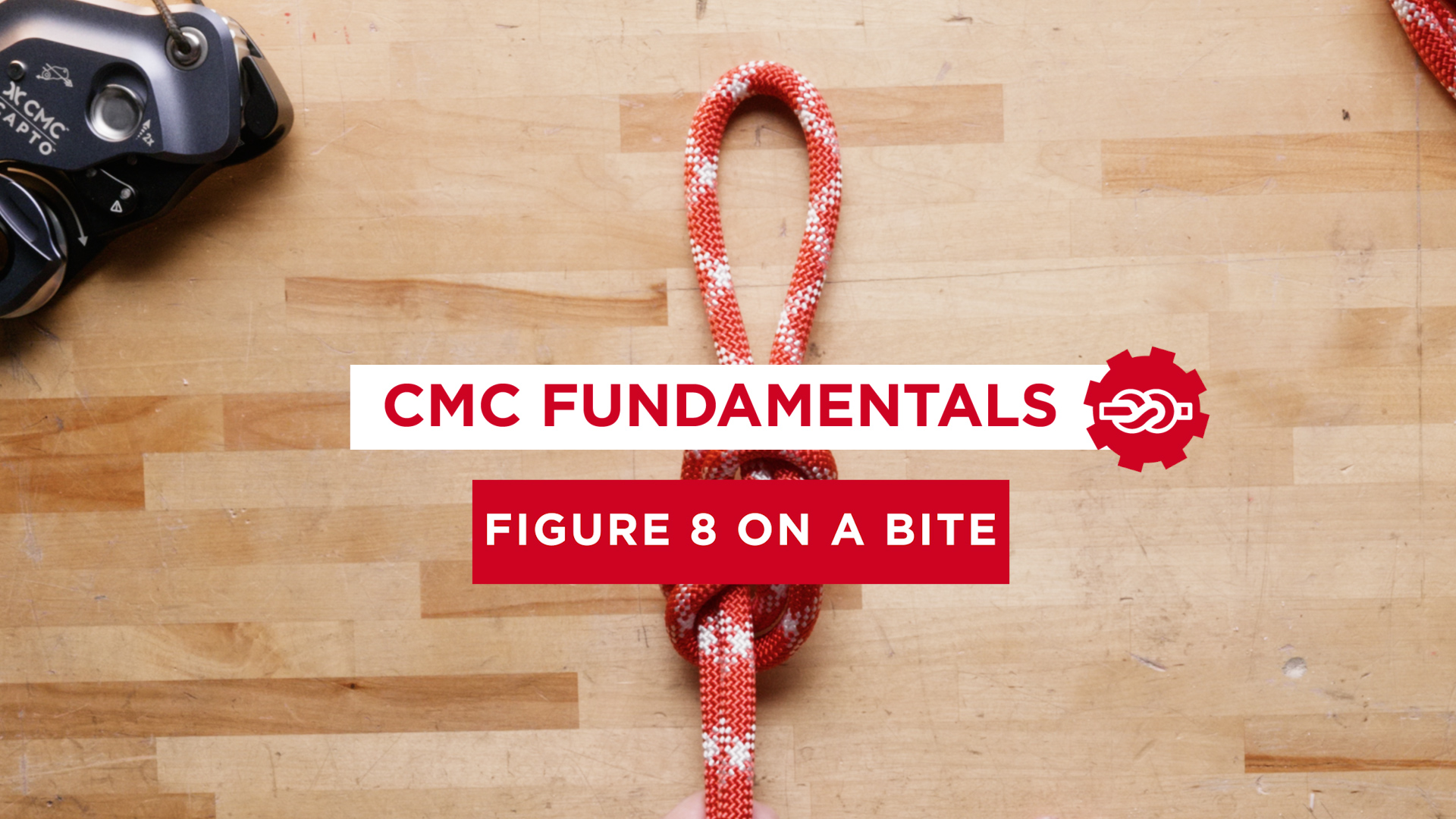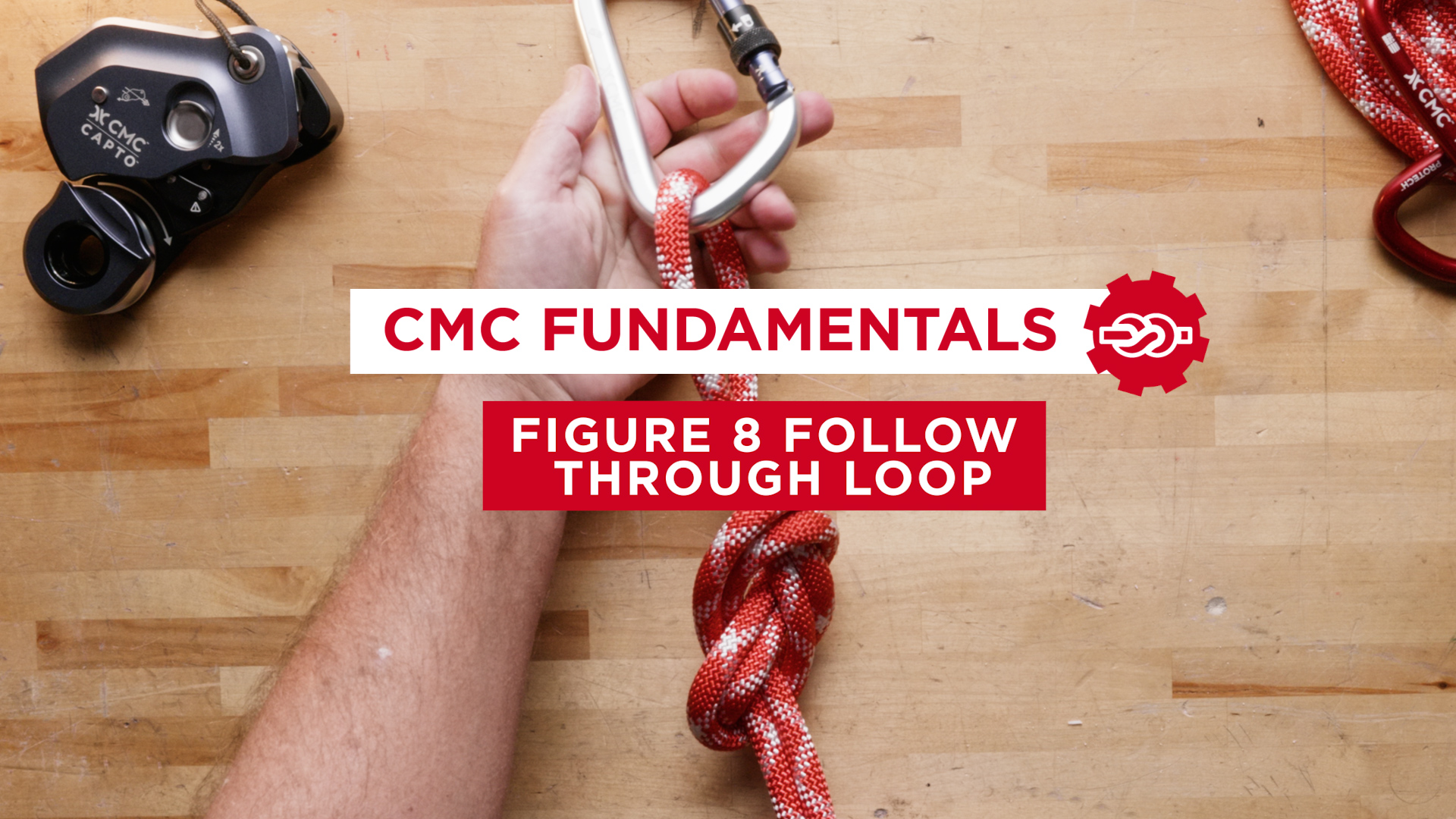
CMC Podcast 16 - Large Animal Technical Rescue
Contributors in this Episode
Summary:
Large animal technical rescue is a universal possibility for fire departments and technical rescue teams throughout the country. This interview with Dr. John Madigan a Distinguished Professor emeritus of medicine and epidemiology at the UC Davis School of Veterinary Medicine discusses the training and tools available for rescue personnel to effectively respond to an incident involving injured or trapped large animals such as cows and horses.
Topics Discussed:
0:20 Dr. John Madigan introduction and background.
2:20 What got you into the animal rescue portion of this field after you became a veterinarian?
7:30 Background and uses of the Anderson Sling
11:25 Large Animal Lift sling
12:15 The Loops System
14:48 Training and maintaining proficiency with the Loops System
18:18 Is it necessary or preferable to sedate the animal prior to moving or lifting the animal with any of the three systems?
18:56 Emergency sedation booklet reminder system.
21:58 Cow in a mine shaft rescue.
23:29 Should the emergency services, whether they be a mountain rescue team, fire department, police department etc. be involved in animal rescue?
28:27 How can emergency service rescue personnel correspond with a veterinarian to determine if a large animal incident is going to be a rescue or a recovery?
30:57 What practical and humane options are out there if the animal is injured so severely that they need to be euthanatized?
34:27 What’s the best way for a rescue team to get started with a large animal rescue program?
37:48 Is there a good method to get in contact with veterinarians in your local area to be apart of these teams?
40:44 How does the Train the Trainer program work?
42:26 What kind of equipment is needed to complete an animal rescue training?
45:04 The whole Loops System fits in a duffle bag and costs less than $500.00
46:35 What is the time frame of the Train the Trainer class?
50:18 What is the first step for a team to take to get started in this specialty?
53:45 Closing thoughts, animal rescue happens more often than you might think.
55:45 The more likely you are to have ready access to a piece of equipment that you can bring to an incident the higher likelihood of a successful rescue.
Links
4:05 / 7:30 Charlie Anderson – Anderson Sling: https://www.andersonsling.com/
4:20 Alice King Chatham Wikipedia link: https://en.wikipedia.org/wiki/Alice_King_Chatham#Space_program
8:44 ERIN L. TAYLOR DVM, LARRY D. GALUPPO DVM, Diplomate ACVS, EUGENE P. STEFFEY VMD, PhD, Diplomate ACVA, CHRISTINE C. SCARLETT BS … See all authors
First published: 28 November 2005- Veterinary Surgery https://doi.org/10.1111/j.1532-950X.2005.00088.x
11:25 Large Animal Lift sling http://www.largeanimallift.com/
12:15 Learn more about the Loops System on Dr. Madigan’s website https://loopsrescue.com/ Email Dr. Madigan for questions about this system at jemadigan@gmail.com The full publication on the Loops System is here: https://www.mdpi.com/2076-2615/9/8/511
13:49 6 horse experiment with Loop System: https://www.mdpi.com/2076-2615/9/8/511
22:28 Cow in a mine shaft rescue using early version of lift system: https://www.youtube.com/watch?v=87JN-LaSSfg
35:15 Training in the state of California recommended by Dr. Madigan: https://www.resqfast.com/
35:27 Example of a CART (Community Animal Rescue Team) that has expertise in large animal technical rescue: https://www.sonomacart.org/
43:10 Inflatable horse manikins are currently sold out and awaiting new inventory in the USA.
51:12 National Association of Equine Practitioners: https://aaep.org/
Training Resource Links:
52:25 Fire Department Technical Rescue Training with Rebecca Gimenez: http://tlaer.org/
52:40 http://tlaer.org/
52:47 Arizona training group with John and Deb Fox: http://www.animalrescuetraining.com/
53:20 Sonoma County Julie Atwood: https://www.halterproject.org/
Additional Resources Provided by Dr. John Madigan
All these lifting systems were created and evaluated at UC Davis. Charles Anderson, John Madigan and Richard Morgan are the creators and evaluators of the ‘Anderson sling” the name of which is based on patent submission by Charles Anderson.
Several studies are listed here demonstrating the safety, effectiveness and various uses of these equine lifting and support devices. The newest system is the Loops Rescue System designed by John Madigan and trademark protected.
Anderson Sling support system:
Steffey EP, Brosnan RJ, Galuppo LD, Mama KR, Imai A, Maxwell LK, Cole CA, Stanley SD.Vet Surg. 2009 Dec;38(8):927-33. doi: 10.1111/j.1532-950X.2009.00599.x.
Use of the Anderson sling suspension system for recovery of horses from general anesthesia
EL Taylor, LD Galuppo, EP Steffey, CC Scarlett, JE Madigan
Veterinary Surgery 34 (6), 559-564
François I, Lalèyê FX, Micat M, Benredouane K, Portier K.Equine Vet J. 2014 Sep;46(5):596-600. doi: 10.1111/evj.12185. Epub 2013 Dec 6.
Full body support sling in horses. Part 2: indications
A Ishihara, JE Madigan, JD Hubert, RS McConnico
Equine Veterinary Education 18 (5), 273-280
Full body support sling in horses. Part 1: equipment, case selection and application procedure
A Ishihara, JE Madigan, JD Hubert, RS McConnico
Equine Veterinary Education 18 (4), 219-222
Loops System
J Madigan, L Costa, S Nieves, M Horgan, K Weberg, M Aleman
Animals 9 (8), 511
Large Animal Lift
N Pusterla, JE Madigan
Schweizer Archiv für Tierheilkunde 148 (3), 161-166
How to lift recumbent equine patients in the field and hospital with the UC Davis Large Animal Lift
N Pusterla, GL Ferraro, JE Madigan
Proceedings, 87-92
Other articles describing using equipment for equine rescue and helicopter airlift:
(A322) Animals in Disasters and Emergencies: A Version of Wild Kingdom
J Madigan
Prehospital and Disaster Medicine 26 (S1), s90-s90
JE Madigan, AE Page, N Pusterla, B Kirstie Dacre, EM Cert
Proceedings of the… annual convention
JE Madigan
Journal of Equine Veterinary Science 13 (5), 262-263
JE Madigan, B Moore
Journal of Equine Veterinary Science 15 (4), 155-157
Evaluation of a new sling support device for horses
JE Madigan
Journal of Equine Veterinary Science 13 (5), 260-261
Factors associated with survival in 148 recumbent horses
LS Winfield, PH Kass, KG Magdesian, JE Madigan, M Aleman, N Pusterla
Equine veterinary journal 46 (5), 575-578
Join the Conversation
We appreciate listener feedback. Please let us know if you have any questions or topics you’d like covered in future episodes of the CMC Podcast. You can also email us at podcast@cmcpro.com
Important Warning
- Many of the activities discussed in this podcast pose a very substantial risk of serious injury or death.
- Products and techniques discussed in this podcast are intended for use by specially trained professionals.
- Technical rescue, rappelling, climbing and the training involved are very hazardous activities. Each situation has its own unique conditions and must be evaluated by those present. Effective risk management comes from experience, proper training and good personal judgment.
- CMC is not liable for any damages arising from abuse or improper use of the techniques or equipment discussed in this podcast.
- Topics discussed are the ideas and opinions of each individual.
- Department protocol and regulations should always take precedent.

